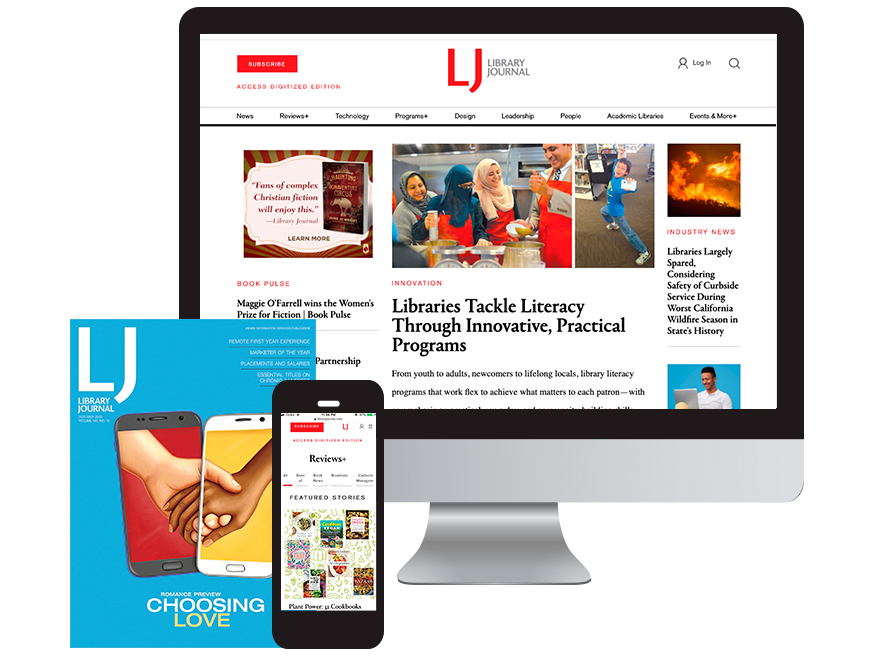Evolving Library Services

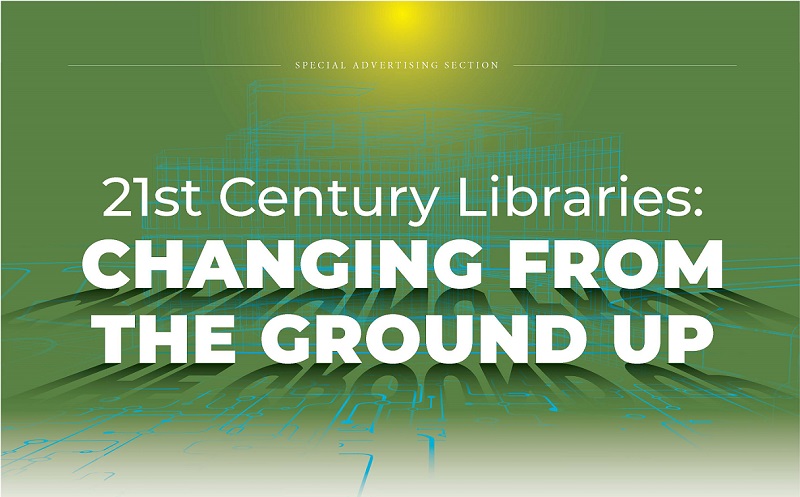
Even before the COVID-19 pandemic disrupted lives around the world, public libraries were undergoing dramatic changes. No longer just repositories of information, libraries have morphed into full-service community centers that aim to meet a wide variety of civic and social needs. Six forward-looking companies are helping libraries meet evolving needs in their communities with innovative products, services, and design.
 |
LaptopsAnytimeLaptopsAnytime offers a fully automated solution for public and academic libraries to help their communities have access to technology. The company’s laptop, tablet, and portable charger dispensing kiosks get mobile technology into the hands of community members with a swipe of their cards—and without placing any additional burden on library staff.
|
|
|
|
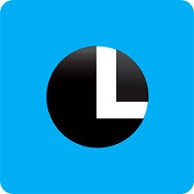 |
Luna ImagingLuna Imaging helps libraries, museums, and other cultural heritage organizations manage and display their digitized collections. The company’s LUNA software is a cloud-based digital asset management solution designed to preserve images, videos, audio files, PDFs, and digitized books and manuscripts, making them available to the public online. The service opens the door for libraries to expand their reach to patrons via online access anytime, anywhere.
|
|
|
|
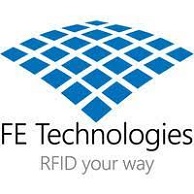 |
FE TechnologiesFE Technologies uses RFID technology to create efficient library circulation processes like multiple item check-out/return, freeing librarians’ time and creating an outstanding user experience. FE’s newest innovations, the Display Reservation Locker and the Anytime Library, give patrons secure, 24-7 access to physical material (books, videos). And, the Librarian Rover app allows librarians to engage with patrons on the floor.
|
|
|
|
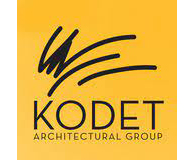 |
Kodet Architectural GroupBased in Minneapolis, Kodet Architectural Group has been designing school and public libraries that support innovative programs and services for more than 20 years. Kodet’s guiding principal is that the design of a library facility—whether a redesign or a new build—plays a key role in making the space highly functional, so that librarians can engage their communities in new and creative ways.
|
|
|
|
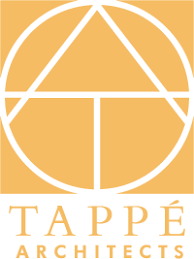 |
Tappé ArchitectsFor Boston-based Tappé Architects, the central question when designing a public facility is, “How can you get a community building to build community?” The answer is to learn as much as possible about a community’s identity, needs, and aspirations. Jeffrey Hooper, director of library design, sums it up: “we must understand what local communities want and create a uniquely local facility.”
|
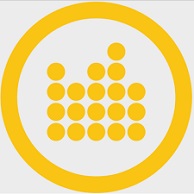 |
|
SPONSORED CONTENT
ALREADY A SUBSCRIBER? LOG IN
We are currently offering this content for free. Sign up now to activate your personal profile, where you can save articles for future viewing
